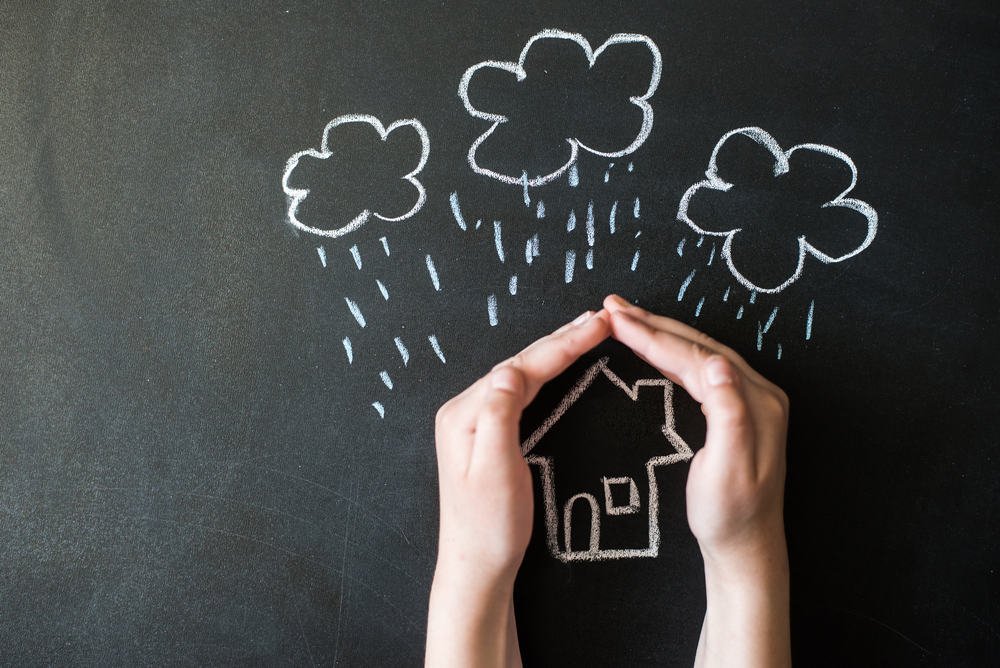
Top Tips for Weatherproofing Your Property
From rain and snow to sun and heat, the weather can exert a lot of damage over time on your property. If you live in an area that regularly experiences extremes in weather, you might find that you have to carry out house repairs on an almost yearly basis to fix weather damage, and even if you live in a more temperate climate, one bad season is all it can take to cause a lot of damage. It is, however, possible to add certain weatherproofing qualities to your property to ensure that external features are as long-lasting as possible when faced with seasonal extremes. Read on to discover top tips for weatherproofing your property.
Use the right paint
Painting your exteriors in an attractive color gives your house a smart, well-maintained look. However, UV rays can cause your paintwork to fade, crack and peel, with moisture and mildew building up between the layers due to the expansion and contraction caused by extreme temperature changes. Choose a paint that is formulated to the climate in which you live for a long-lasting exterior paint job. Your region’s climate should also be considered when planning your exterior color scheme: white paint will reflect sunlight, keeping your home cool during hot summer weather.

Use durable roofing materials
As the first defense against hail, wind, rain, and snow, your roof regularly takes a beating from the weather. Due to this, you may simply have accepted that your property requires a regular re-roofing every five years or so. However, using durable roofing materials during your next re-roofing, as this roof repair Denver is suggesting, ensures that your roof remains in good condition for longer, thus avoiding leaks and any resultant expensive water damage. For instance, use roof tiles made of a non-asphaltic shingle for a durable, environmentally friendly roofing material.
Insulate walls, roofs, and other cavities
With winter temperatures regularly dropping below 32 degrees Fahrenheit in colder regions, it is understandable that you will want to keep your central heating system running non-stop to keep your house warm. However, ensuring that walls, roofs, and other structural cavities are properly insulated will help to keep your house warm without a constantly running – and expensive – central heating. Use eco-friendly insulation; for instance, cotton batting insulation is made from recycled blue jean scraps and is easily malleable to fit into any cavity. Likewise, cellulose insulation, made from recycled paper, is non-toxic and repurposes wastepaper that otherwise would have ended up in a landfill.

Repair and replace windows
There is no point in investing in wall insulation if heat will escape from your house through draughty windows and doors. Make sure window and door frames are properly sealed and fill in any tell-tale gaps with spray foam. You should also assess the insulation properties of your windows. You might, for instance, live in an older property that still has its original single glazed windows. Replacing these with double glazing will help properly seal your home from the cold, preventing heat from escaping and cold air from seeping in.




